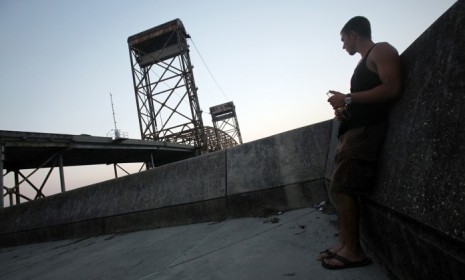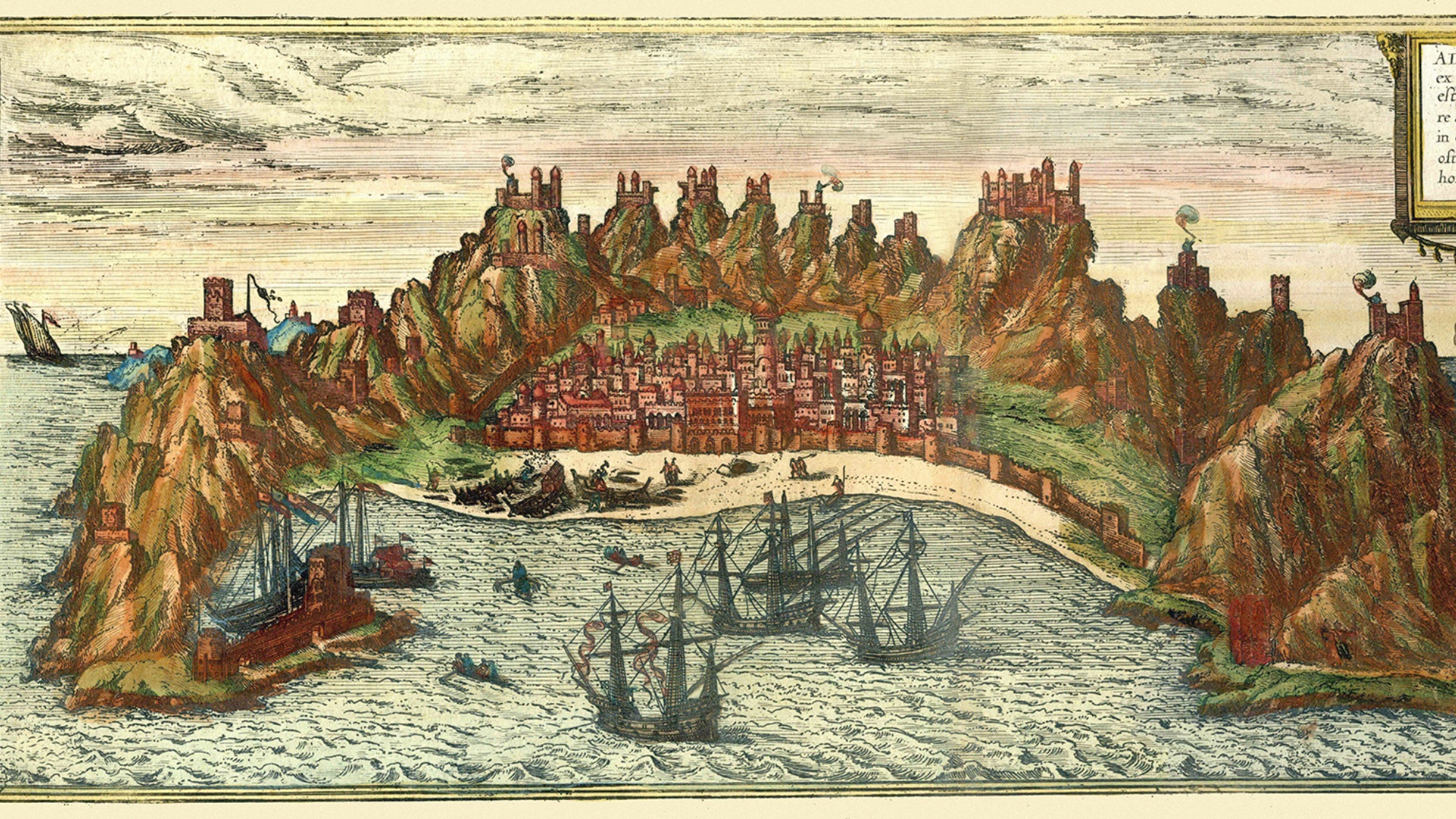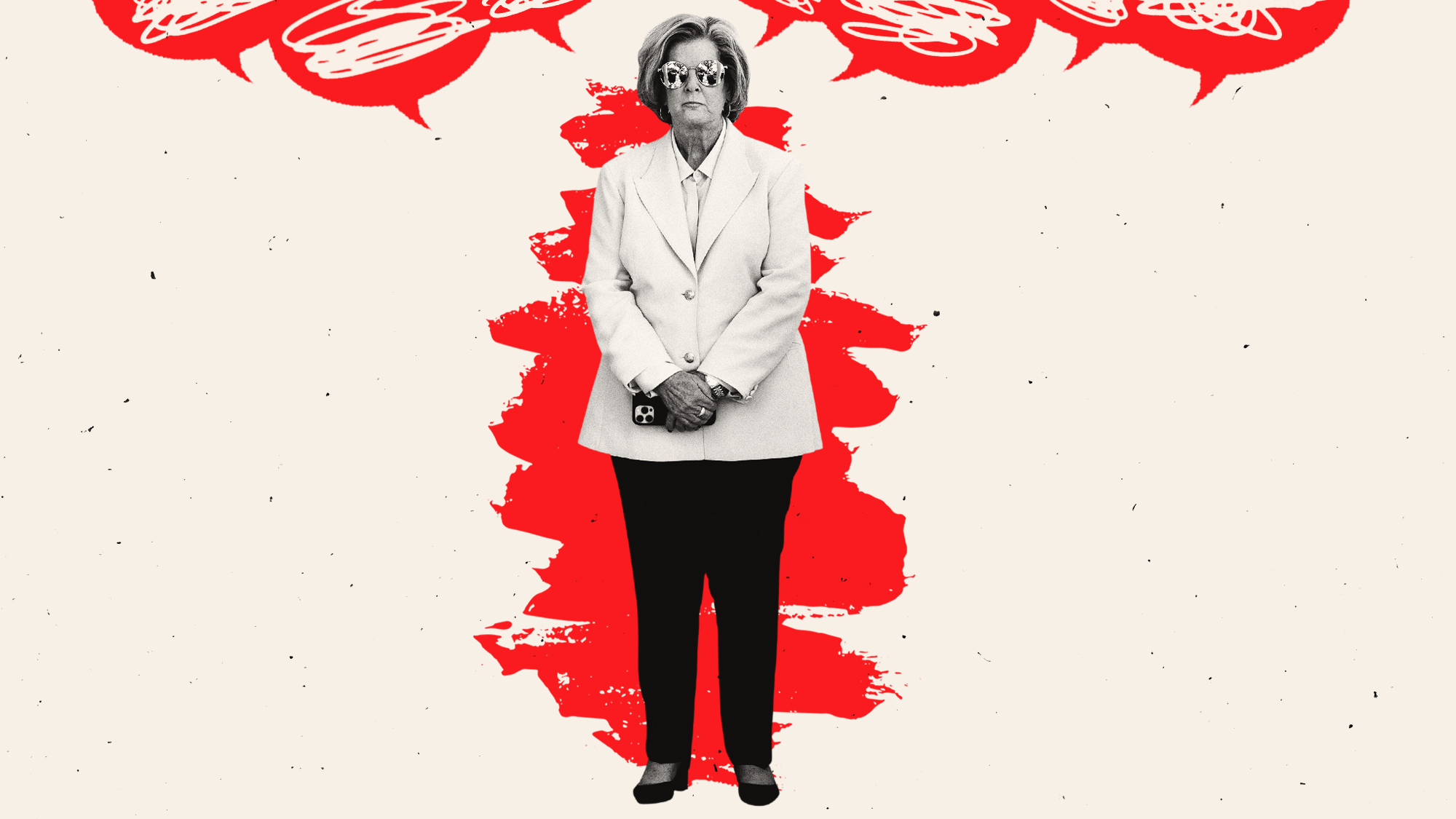New Orleans: 5 years after Katrina
Everyone vowed to restore New Orleans to its pre-Katrina glory. Here's a status report

Sunday marks the fifth anniversary of Hurricane Katrina's devastating assault on New Orleans and the surrounding Gulf Coast. Politicians of all party affiliations and at all levels of government promised to rebuild the Big Easy. Five years later, how is New Orleans faring?
New Orleans is smaller, whiter, and wealthier
Despite residents' worst fears, "New Orleans has not become a Disneyfied version of its former self," says Bruce Nolan in The New Orleans Times-Picayune. But it has changed. The city's population has shrunk by 22 percent, the African-American majority has dropped from 67 percent to 61 percent, and average wages and household income are up — due to the "traumatic amputation of 125,000 mostly poor residents scattered to other cities."
The Week
Escape your echo chamber. Get the facts behind the news, plus analysis from multiple perspectives.

Sign up for The Week's Free Newsletters
From our morning news briefing to a weekly Good News Newsletter, get the best of The Week delivered directly to your inbox.
From our morning news briefing to a weekly Good News Newsletter, get the best of The Week delivered directly to your inbox.
The levees are almost rebuilt, but are they better?
The Army Corps of Engineers is on track to have the area's rebuilt, much-improved hurricane-protection network done before next summer, says John Schwartz in The New York Times. But given the devastating failure of New Orleans' levees, flood walls, and pumps during Katrina, the Corps is "wary of using phrases like 'hurricane protection.'" It should be, say critics such as humorist/actor Harry Shearer, who argues that the new system is being oversold.
The poor have been frozen out
There are lots of stories now about how New Orleans "has resiliently been able to bounce back," says Charing Ball in The Atlanta Post. But "outside of Bourbon Street," plenty is still "ravaged," less from Katrina than the post-hurricane gentrification. Rents have skyrocketed, red tape keeps poor people from rebuilding, good schools are out of reach to low-income people, and public hospitals are still shuttered. Many long-time residents may never be able to return.
A free daily email with the biggest news stories of the day – and the best features from TheWeek.com
A third of Katrina kids are still traumatized
Columbia University researchers reported Monday that at least 20,000 of the 160,000 children displaced by the storm have serious emotional or behavioral problems, say AP writers Janet McConnaughey and Lindsey Tanner. Among the 427 children the researchers have followed in-depth since Katrina, 38 percent have been diagnosed with anxiety or other emotional disorders.
Pet owners get welcome relief
The SPCA rescued 15,000 pets after Katrina, but only managed to reunite a quarter of them with their owners. Since then, "some positive changes have taken hold," says Maya Rodriguez at WWL TV. Thanks to new state and federal laws, people can now bring their animals with them during mandatory evacuations, as was successfully demonstrated during 2008's Hurricane Gustav.
NOLA's now a TV and movie mecca
Thanks to HBO's much-acclaimed drama series "Treme," tax breaks, and the city's vibrant characters, "New Orleans is becoming the next hotbed for [TV and film] production," says David Ono at KABC. Some 90 films, including the next "Twilight" and "Batman" installments, are slated to shoot in New Orleans this year, and that number should double by next year.
Community groups are stronger and more unified
"If Katrina had a good effect," says John Pope in The Times-Picayune, it was to force different community and civic groups "to collaborate, often with people they had never met, to make the recovery happen." That's important, in a traditionally divided city with scant history of community organizing."
-
 ‘Capitalism: A Global History’ by Sven Beckert and ‘American Canto’ by Olivia Nuzzi
‘Capitalism: A Global History’ by Sven Beckert and ‘American Canto’ by Olivia NuzziFeature A consummate history of capitalism and a memoir from the journalist who fell in love with RFK Jr.
-
 Who will the new limits on student loans affect?
Who will the new limits on student loans affect?The Explainer The Trump administration is imposing new limits for federal student loans starting on July 1, 2026
-
 Why does Susie Wiles have MAGA-land in a panic?
Why does Susie Wiles have MAGA-land in a panic?TODAY’S BIG QUESTION Trump’s all-powerful gatekeeper is at the center of a MAGA firestorm that could shift the trajectory of the administration